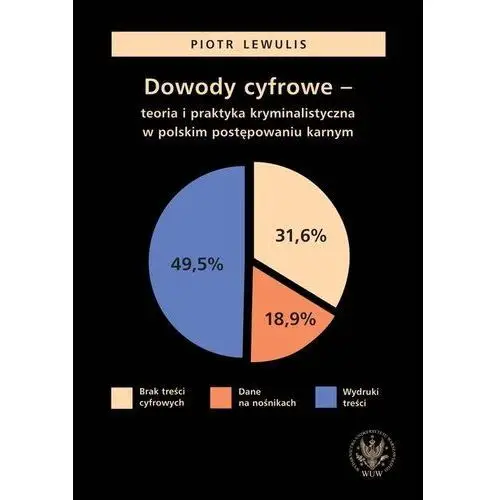Publikacja prezentująca najnowsze, niepowtarzalne i kompleksowe wyniki badań grupy 290 więźniów dożywotnich, będąca podsumowaniem pięcioletnich badań nad karą dożywotniego pozbawienia wolności i cechująca się interdyscyplinarnym ujęciem tej problematyki z perspektywy prawnej, kryminologicznej i psychologicznej.
Zabierają w niej głos wybitni eksperci, a także praktycy - m.in. Prawnicy, psychologowie, funkcjonariusze Służby Więziennej, a wreszcie, sami skazani. Głównym celem tej monografii była odpowiedź na pytanie, jaki jest przeciętny więzień dożywotni (statystyczny wizerunek skazanego), a także czy w grupie 290 badanych są ci najlepsi i ci najgorsi,, a także co o tym przesądza.
Odnosząc się do właściwych teorii, m.in. Deprywacji, importu, racjonalnego wyboru, autorzy skatalogowanych tu tekstów opisują, jak skazani adaptują się do warunków bezterminowej izolacji oraz jak adaptuje się do nich system więzienny, jak obie strony ustosunkowują się do istoty orzekania i realizowania kary dożywotniego pozbawienia wolności i do wagi diagnozy i możliwości oddziaływania na skazanych w więzieniu.
Prawdziwe kompendium wiedzy kryminologicznej i psychologicznej zgromadzonej wokół sprawcy-skazanego-człowieka. The Best of the Worst and the Always Bad The publication presents the latest, unique and complex results of the research on the group of 290 life-term prisoners.
It summarises the five-year study on life imprisonment sentence and explores the problem from the legal, criminological and psychological perspective, giving voice to leading experts and practitioners: lawyers, psychologists, prison officers and finally the sentenced themselves.
The main aim of the monograph was to answer the question what a typical life-term prisoner is (a statistical image of a sentenced) and if in the group of the 290 studied there are those best and worst and what determines it.
With reference to appropriate theories, such as deprivation, import, rational choice, the authors of the texts collected here describe how the sentenced adapt to the conditions of lifetime isolation and how the prison systems adapts to them, how both sides respond to passing and executing life imprisonment sentence and how they view the diagnosis and the possibility of interacting with the sentenced in prison.
It is a true compendium of criminological and psychological knowledge of the perpetrator-sentenced-human.












